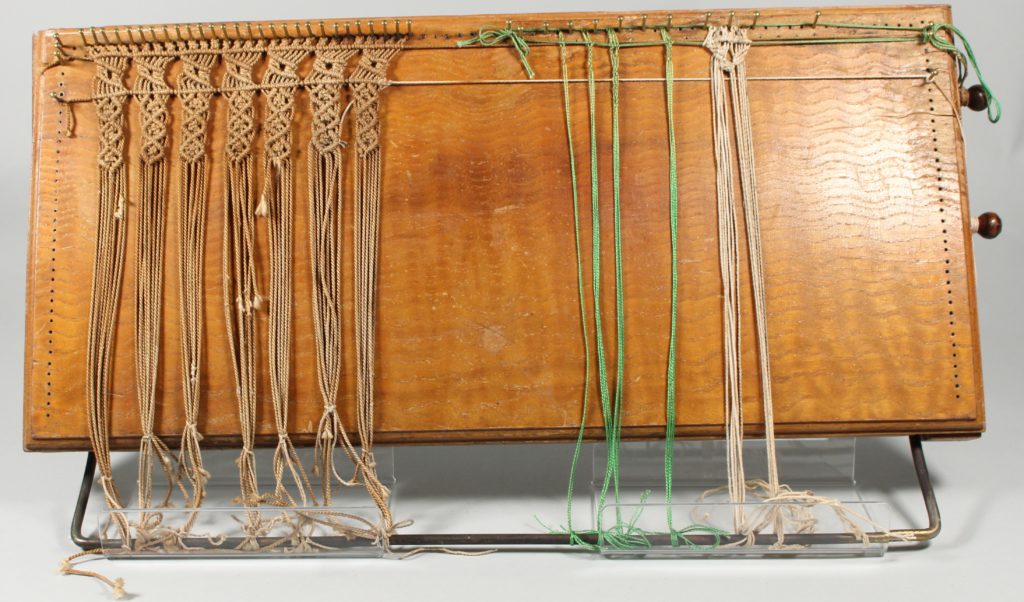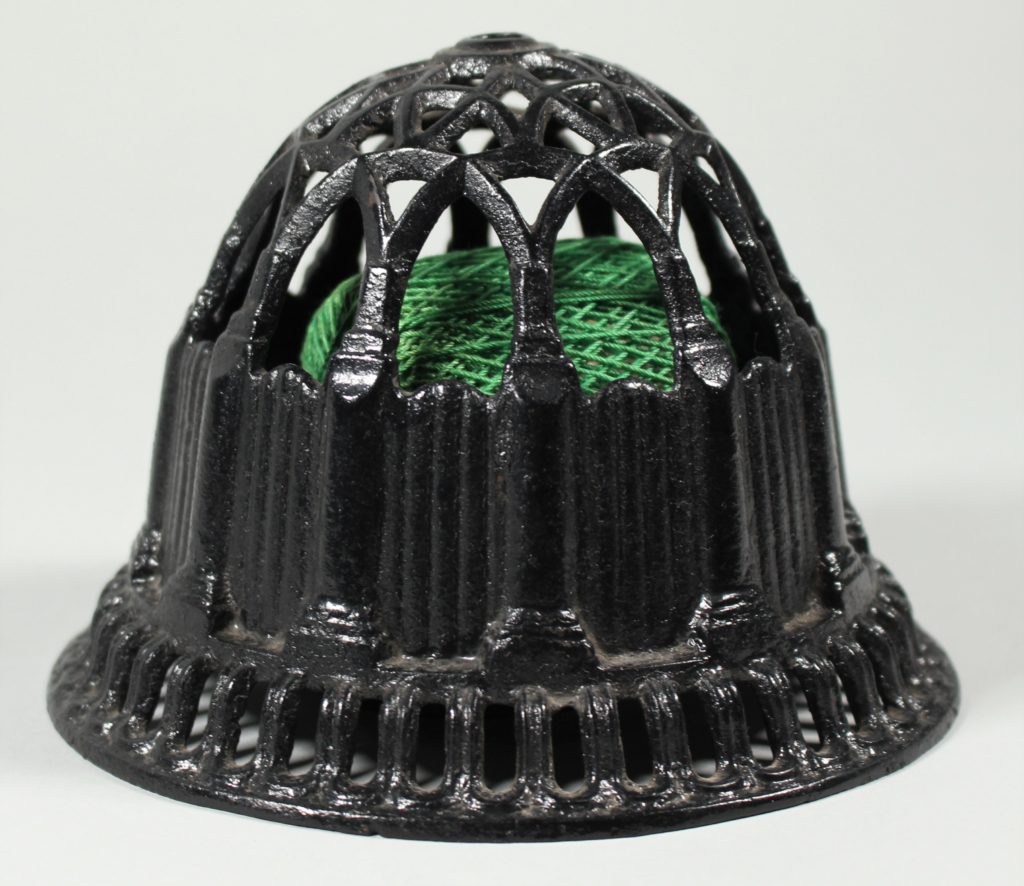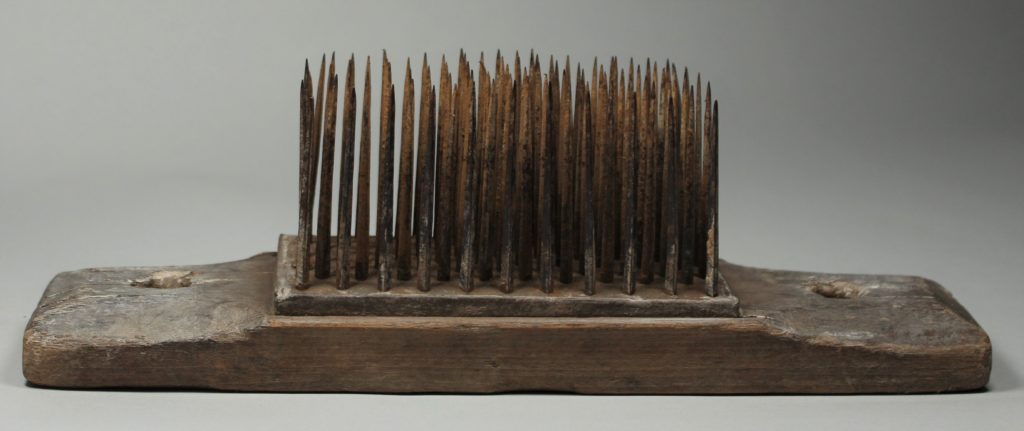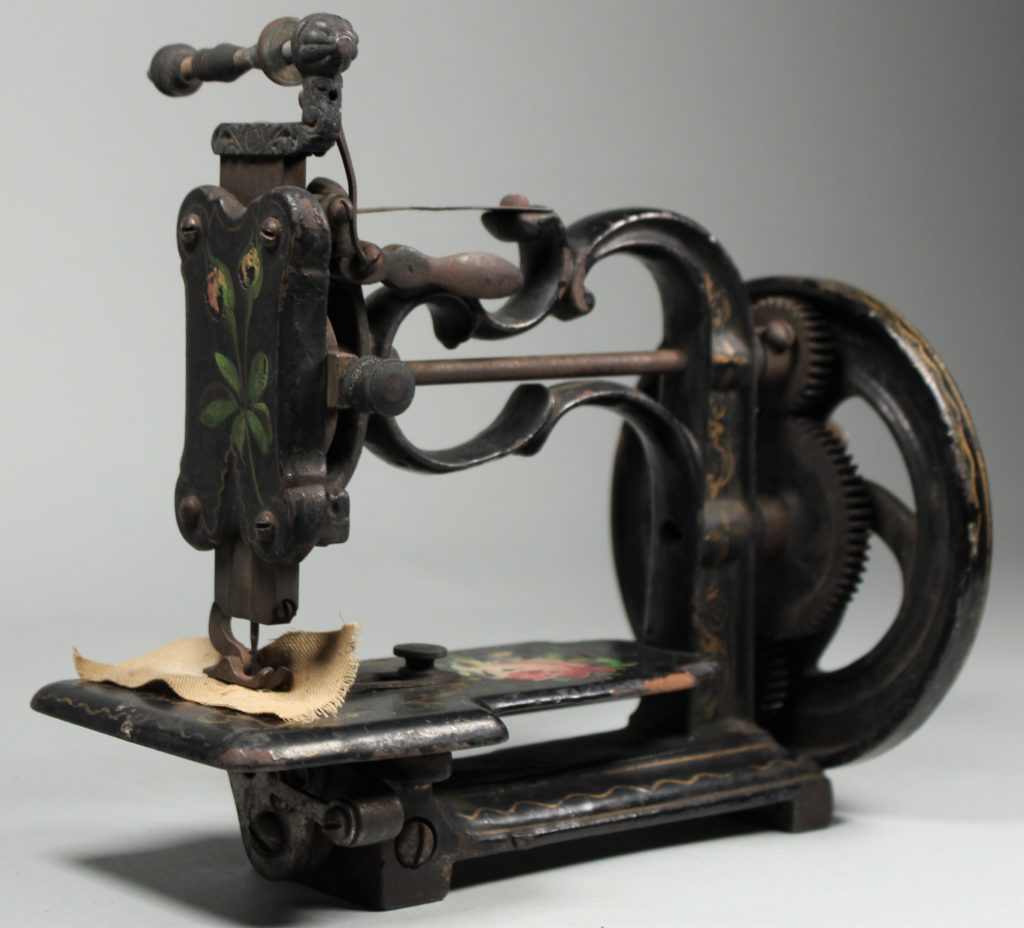Sewing and knitting were pastimes for women of the time. Lady’s magazines often included printed patterns with the latest trends. Macramé was revived in the Victorian era as a less expensive alternative to sewing. Women would create pillows, curtains, clothes and tablecloths for their homes in their free time. During the beginning of the 19th century, sewing was done mostly by hand but in 1846, the first practical sewing machine was patented by Elias Howe and became a common piece of equipment to see in a household.




